Innovations in the work of mass media representatives in the areas of hostilities due to the introduction of “colored zones” for journalists’ stay were commented on by the heads of the press services of the operational and strategic groups of the Armed Forces of Ukraine (AFU).
The material with comments was published by the ArmiaInform information agency of the Ministry of Defense of Ukraine.
For reference: The new conditions for organizing the work of media representatives in the areas of hostilities entered into force following the amendments to Order 73 of the AFU Commander-in-Chief dated March 3, 2022, and entitled On Organization Of Interaction Between AFU, Other AFU Components, And Representatives Of Mass Media During Legal Regime Of Martial Law. According to them, the definition of “red,” “yellow,” and “green” zones for the presence of mass media representatives is provided. Decisions on the division into zones are made by the operational-strategic group commanders for one week so that the zoning may change every week.
The following spoke about the main changes in the work of journalists:
- head of the press service of the Khortytsia operational-strategic troop group/Captain Illia Ievlash;
- head of the Joint Coordination Press Center of the Defense Forces of Southern Ukraine/1st rank Captain Nataliya Humeniuk;
- assistant commander of the AFU Joint Forces/Colonel Ievhen Sylkin;
- spokesperson for the joint press center of the Defense Forces of the Tavria direction/Colonel Oleksii Dmytrashkivskyi.
The work of the media and journalists is particularly important, and the military in no way try to purposefully create excessive restrictions on the work of the media during martial law.
— How is work with journalists organized today within operational and strategic groups?
Head of the press service of Khortytsia, Captain Illia Ievlash:
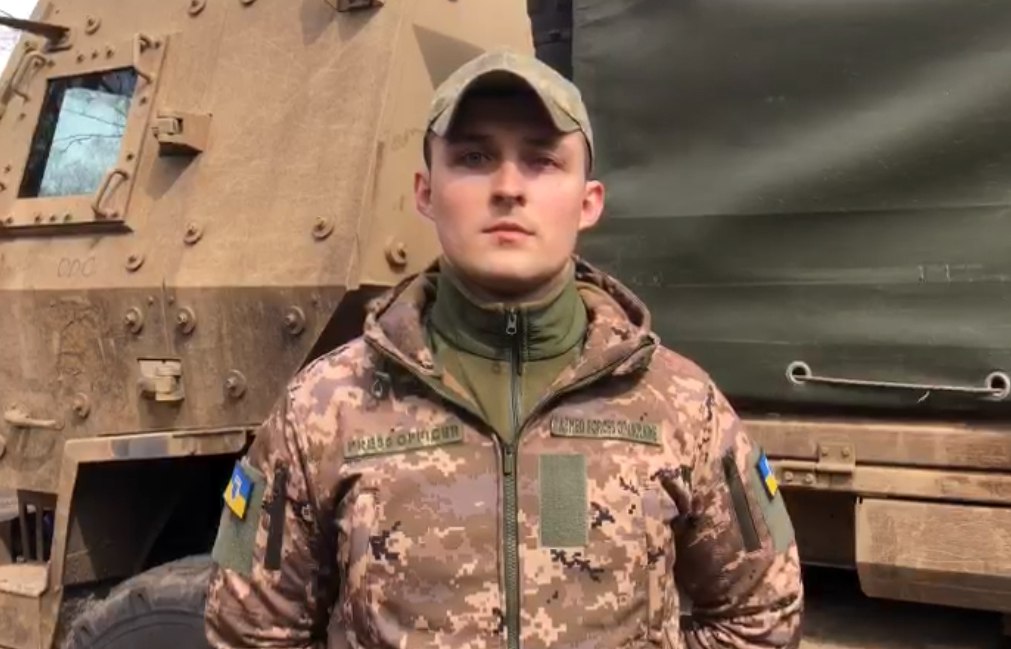 “Work in the area of responsibility of the Khortytsia takes place without any particular changes. Journalists work in the same way as before. All of them are constantly in contact with the heads of the press services of both units and operational-tactical and operational groups of troops. So, we are working according to the plan without many changes.”
“Work in the area of responsibility of the Khortytsia takes place without any particular changes. Journalists work in the same way as before. All of them are constantly in contact with the heads of the press services of both units and operational-tactical and operational groups of troops. So, we are working according to the plan without many changes.”
Head of the Joint Coordination Press Center of the Defense Forces of Southern Ukraine/1st rank Captain Nataliya Humeniuk:
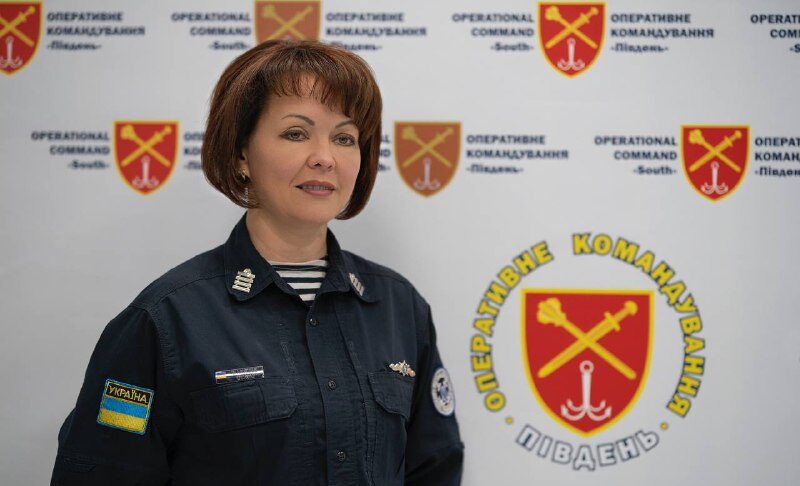
“By the decision of the commander, the zones – “red,” “yellow,” and “green” – are defined for the organization of work with mass media. I emphasize this – not to object, not to stop this work, but to properly organize work taking into account the security situation in the area of responsibility taking into account the army’s needs. That is, it applies both to the regime of silence in some directions and to the consideration of the extent to which it is expedient to increase the population in those settlements, in those directions, where active shelling is taking place. Some settlements occasionally come under critical fire, and the presence of other groups of people there, even 3-5-7 people, can be a critical increase in the population that can suffer damage due to such hostile actions. That is why such zoning was applied, organized work, and constant contact with all media representatives.”
Assistant Commander of the AFU Joint Forces/Colonel Ievhen Sylkin:
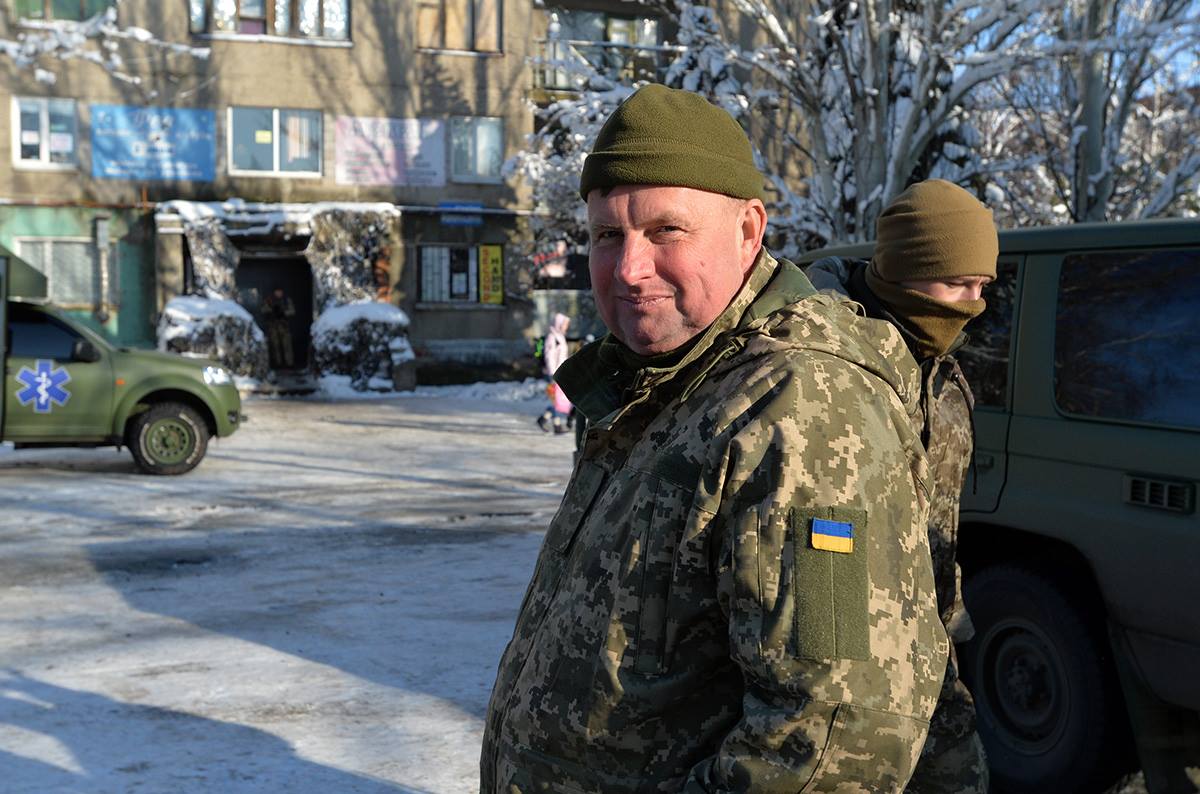
“Journalists contact us, send questions, job requests. And we process their requests within three days. We are determining the military unit that journalists can enter at this time. Depending on whether it is possible to drive there, whether there is no movement of troops there or changes of troops on a rotational basis. Then we contact the press officer of the military unit, to whom we entrust the task of escorting. Our area of responsibility is not defined as a combat zone, so there is now a “yellow zone” in the operational command. We always accompany journalists —either a press officer or a military officer designated by the unit commander.”
Spokesperson for the joint press center of the Defense Forces of the Tavria direction/Colonel Oleksii Dmytrashkivskyi:
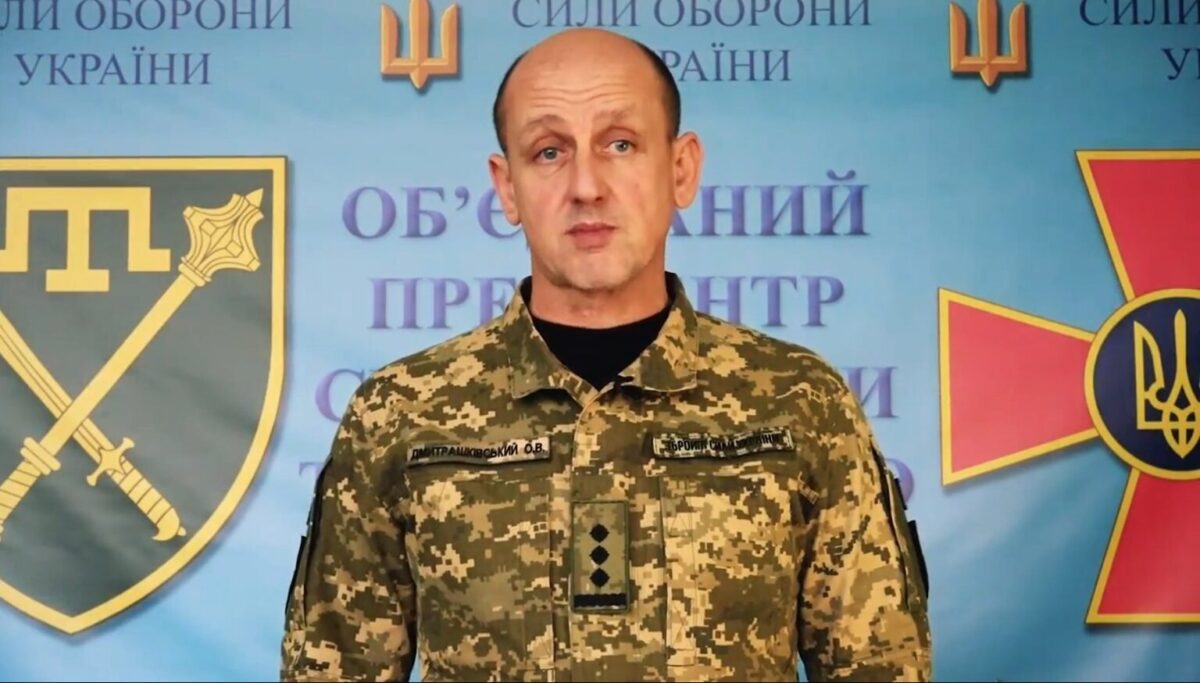 “The work is organized under Order 73 of the AFU Commander-in-Chief and the instructions provided by the Tavria command. The work is organized as follows: journalists submit requests, which are reviewed and signed by the commander. This is the right to work in their direction.
“The work is organized under Order 73 of the AFU Commander-in-Chief and the instructions provided by the Tavria command. The work is organized as follows: journalists submit requests, which are reviewed and signed by the commander. This is the right to work in their direction.
Division into zones is dynamic. It will change depending on the circumstances that affect it. The military will seek a balance between press access and operational security”.
— How are the zones distributed, what is the reason for this, how often are they reviewed, and according to what principle?
Head of the press service of Khortytsia/Captain Illia Ievlash:
“According to Order 73 of the AFU Commander-in-Chief on the work of accredited media representatives in combat zones, the so-called zoning, which is divided into “green,” “yellow,” and “red,” was introduced with the latest changes.
The work of journalists in any form is prohibited in the “red” zone. Journalists accompanied by a press officer are allowed to work in the “yellow” zone. In the “green” zone, work is allowed in a free format without the presence of a press officer. This is because there may be particular moments due to the security of operations. That is, there may be specific operational actions that require the absence of journalists in this zone for a certain time, or it may also be because active hostilities are currently taking place in the zone of operations. There is a high risk of injury or death of journalists.
Zones will be reviewed weekly. For example, if one settlement is implemented in the “red” zone this week, it may move to the “yellow” one next week. They can also be entered immediately. For example, if the operational situation suddenly changes somewhere, then a “red” zone can be immediately introduced there.”
Head of the Joint Coordination Press Center of the Defense Forces of Southern Ukraine/1st rank Captain Nataliya Humeniuk:
“Revision of the zones will depend on changes in the operational situation. This is the fastest response time. The periodic moment of response will be at least once a week; that is, an additional analysis of the general situation will be carried out. It is quite likely that settlements and territories will be transferred from one zone to another in accordance with the development of combat events. We will also respond to situations that require immediate coverage. That is, we reserve the right of the commander of the AFU to promptly consider the issue of access to a specific section of even the “red” zone to highlight and bring the situation to the world community objectively.”
Assistant commander of the AFU Joint Forces/Colonel Ievhen Sylkin:
“We cannot ensure the safety of journalists at this time in some areas – and our areas border the state border of Russia and Belarus – and there are often shelling of settlements where the civilian population lives. Therefore, the free movement of journalists is impossible there. And when shelling is taking place, we do not permit journalists to work. Only after the end do we allow journalists accompanied by officers.
Spokesperson for the joint press center of the Defense Forces of the Tavria direction/Colonel Oleksii Dmytrashkivskyi:
“Zones will be reviewed every week. This is due to the fact that the situation in the combat zone in cities and villages can change rapidly, which is why these zones will change every week.
The order on zoning is the result of the joint work of the military and representatives of the National Union of Journalists of Ukraine (NUJU), non-governmental organizations Media Detector and Institute of Mass Information, and journalists and fixers who work directly in the areas of hostilities.”
— What is the reason for the slightly updated working conditions?
Head of the Joint Coordination Press Center of the Defense Forces of Southern Ukraine/1st rank Captain Nataliya Humeniuk:
“First of all, we respond to the request of media representatives. There was a productive meeting of representatives of the leading mass media with the military leadership, with representatives of the Ministry of Defense, where such a scheme of work was worked out, which is proposed for implementation. We are very mobile in changing the working conditions to properly react to the security component and ensure safety in military situations. It is expedient to organize work with mass media.”
Spokesperson for the joint press center of the Defense Forces of the Tavria direction/Colonel Oleksii Dmytrashkivskyi:
“The work of media representatives is essential, but today the operational and tactical situation that is developing in the area of hostilities requires some changes. Strictly speaking, such changes were made. Three zones were introduced – “green,” “yellow,” and “red.” “Green” is a zone where journalists can work unaccompanied. “Yellow” – only accompanied. And “red” is the demarcation line and the zone where hostilities occur. Journalists cannot work there.
Media representatives have been and will continue to be provided with the maximum possible assistance”.
— Are the conditions created to offer the journalist other topics and where to turn to?
Head of the press service of the Khortytsia operational-strategic troop group/Captain Illia Ievlash:
“Such conditions have been created; we constantly cooperate closely with journalists and offer them alternative topics. If, for example, we cannot show a sample of foreign weapons, we always find an alternative to meet the needs of both our Ukrainian and foreign partners. If there are any problems with the units in connection with the operational situation or with some reasons that make it impossible for journalists to work in this direction, we always willingly cooperate with journalists, offer them alternative options, and find a way out of any situation.”
Head of the Joint Coordination Press Center of the Defense Forces of Southern Ukraine/1st rank Captain Nataliya Humeniuk:
“Despite the fears of media representatives that we do not have enough strength and capabilities to provide support, I would like to remind you that we work as a single defense force, which means that it is not only press secretaries. This is the involvement of press officers and representatives of the press services of the national police and the State Emergency Service, who also work under martial law and can accompany in certain areas. Our current task is to coordinate this activity and precisely what we are doing. In addition, local authorities representatives authorized by the military command to provide such support may also be involved in the escort.
That is, we are as open as possible to the organization of work and do not even exclude the remote control method, for example, regarding journalists who live in settlements of the “red” or “yellow” zone. They can coordinate their activities with the press officer on the spot. If it is unrelated to the security of operations, they can do it remotely, that is, in communication with the press officer without his physical presence. Currently, the work is aimed at ensuring that the work of journalists does not stop, that the coverage is objective, but does not harm the military operation.”
Assistant Commander of the AFU Joint Forces/Colonel Ievhen Sylkin:
“If we know that it is not possible to visit that settlement or those positions for the time being – there is either a rotation there, or there are some changes there, or there are long shelling – we offer journalists, for example, to film or familiarize themselves with the preparation of military personnel for possible combat actions. We also provide the opportunity to look at the engineering equipment of the positions and the life of servicemen.”
Spokesperson for the joint press center of the Defense Forces of the Tavria direction/Colonel Oleksii Dmytrashkivskyi:
“The topic on which the journalist works is determined directly by the channel that gives the editorial task. We are ready in any way to facilitate the execution of editorial tasks. Eventually, I think we will also be able to organize press tours and work with journalists as it should be. But military journalists continue their work in those directions. Actually, we are just now heading to Avdiyivka and will work there. We are ready to share their materials with journalists, even receive technical, editorial tasks from them, what needs to be shot, what comments should be made, and work in this direction as well.”
Anton Pecherskyi, ArmiaInform correspondent
Ievhen Provornyi, ArmiaInform correspondent
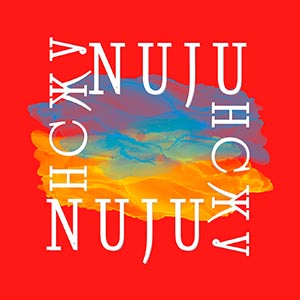
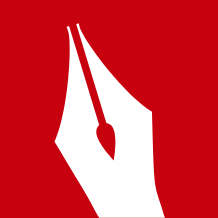 THE NATIONAL UNION OF
JOURNALISTS OF UKRAINE
THE NATIONAL UNION OF
JOURNALISTS OF UKRAINE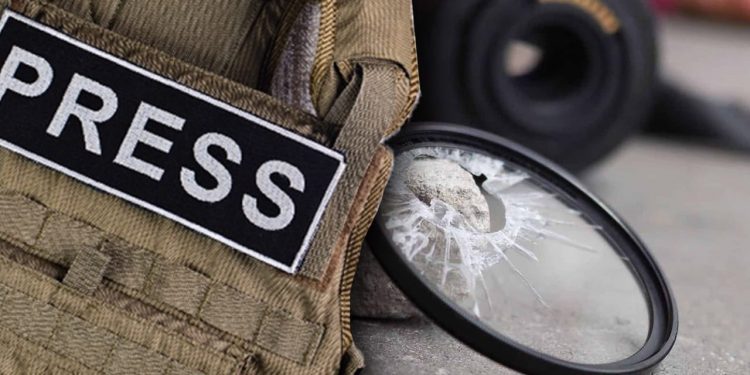
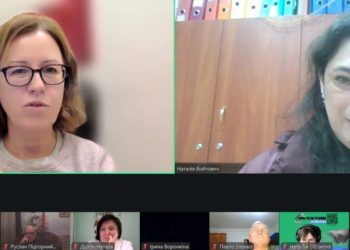
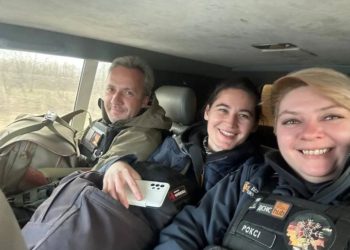
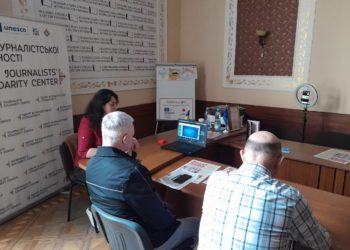
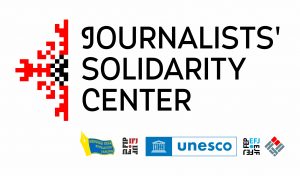
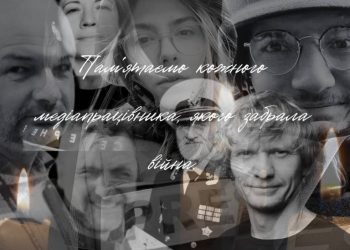







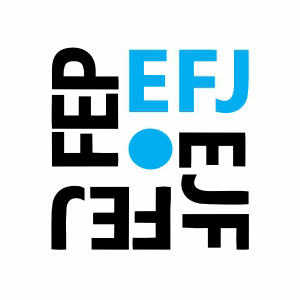



Discussion about this post